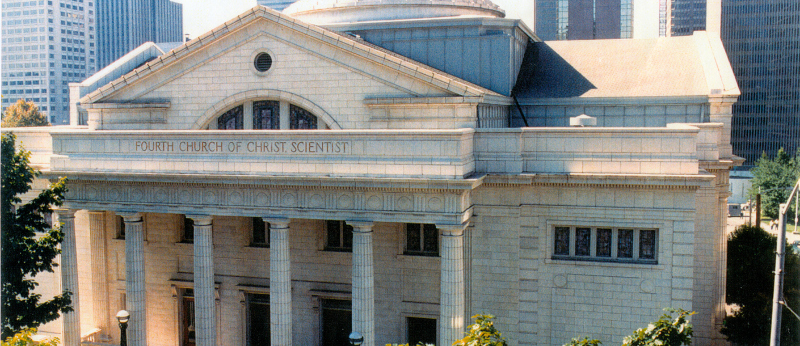
One sign of a changing Seattle is the number of shrinking church congregations, a world-wide and region-wide phenomenon. On the positive side is the way churches are adapting and their buildings are being adapted to new uses.
This recycling is a good illustration of more creative and benign approaches to densification, as well as the benefits of re-using older buildings (saving energy) and preserving neighborhood landmarks.
My friend Clint Pehrson, an architect and churchman, has become a local expert on saving churches. He notes, first, that many churches are themselves shifting toward “secular gathering places and community cultural centers” as a way of serving a broader community while also sustaining the church congregation. “The features that make a gathering space sacred for a worshiping community,” notes Pehrson, “are often meaningful for nurturing community engagement of all sorts.”
He worked for years on a project to combine dwindling congregations at University District churches, which once served a more religious student population and now sit on temptingly valuable real estate. Many of these churches also serve homeless populations, though a recent survey found that 50 percent of U-District churches providing these services are at risk of losing their space. One landmark church, University Methodist Temple, at 43rd and 15th Ave. NE, is being torn down for two new towers (12 and 20 stories), with replacement church facilities below and private student housing above. Another battle is the effort to save the 100-year-old Holy Rosary Church in Tacoma, slated for demolition.
In some cases, such as First Hill’s Trinity Episcopal Church, one of Seattle’s oldest sanctuaries, Pehrson helps design a solution to the high costs of fixing seismic, handicapped-access, and energy shortcomings that ageing churches often cannot afford to remedy. Instead, the congregation keeps and upgrades the sanctuary by selling to a developer the parking lot and/or the parish hall, for conversion into a mixed-use tower with apartments and improved church offices and meeting areas. Money from the sale enables the church to fix up old infrastructure, and the neighborhood gains new residents and keeps a community anchor.
Pehrson and I worked in the early stages of purchasing and renovating the old Fourth Church of Christ, Scientist on First Hill, creating Town Hall Seattle (pictured above) as a cultural and civic performance center. Purchasing a church is not easy, as the congregation is normally split between the sell-and-move faction and the nostalgic stand-patters. It took the tiny congregation of the Christian Science Church about 10 years to make a decision — the kind of debate and delay that often chases off developers. But what lovely assets these handsome old sanctuaries are!
One of the people who was extremely helpful in our quest to purchase the First Hill church that became Town Hall was Egil (Bud) Krogh, who died recently. Krogh was a Christian Scientist who had gone to work for the Nixon Administration, got foolishly swept up into doing espionage work as a Plumber, fessed up, served time, and eventually regained his license to practice law.
In the late 1990s, Krogh was most helpful in explaining to me the convoluted politics of the Christian Science Church, both local and at the Mother Church in Boston. I and the thousands of fans of Town Hall owe him the thanks I never publicly gave him. Thanks, Bud. Thanks very much. Your century-old church gave Seattle a remarkable gift. May it inspire many more such metapmorphoses!
Discover more from Post Alley
Subscribe to get the latest posts sent to your email.

What an important and timely subject. Churches began primarily as civic buildings that represented nothing less than long term commitment to the community of place. Once upon a time, the worshiping community that filled them (as Pehrson aptly refers to the dwindling church congregations that continue to use some of these buildings) almost perfectly overlapped with civic leadership. Pehrson and author Brewster both reflect the noble impulse to preserve them for the sake of the city as well as future congregations. In addition to the renewal of Fourth Church of Christ, Scientist (as Town Hall Seattle) let us not forget the long struggle to save the original First United Methodist building on Fifth Avenue and the heroic Kevin Daniels (Real Estate), who preserved the landmark structure as The Sanctuary, now a rentable event space (see article by Clair Enlow in Crosscut). What a tragedy to lose University Methodist Temple and Holy Rosary in Tacoma.
I agree with Clair’s points. While passing out praise for saving the downtown Methodist Church, we should also thank County Executive Dow Constantine for helping at a crucial time. Constantine has a real feel for historic preservation, and City Hall needs a dose of that spirit.
Let me mention one more hurdle in saving churches. Neighborhoods are accustomed to having them used only on Sundays and so can be resistant to uses that bring daily and increased traffic. Accordingly, it’s best if such repurposing be done near good transit lines.